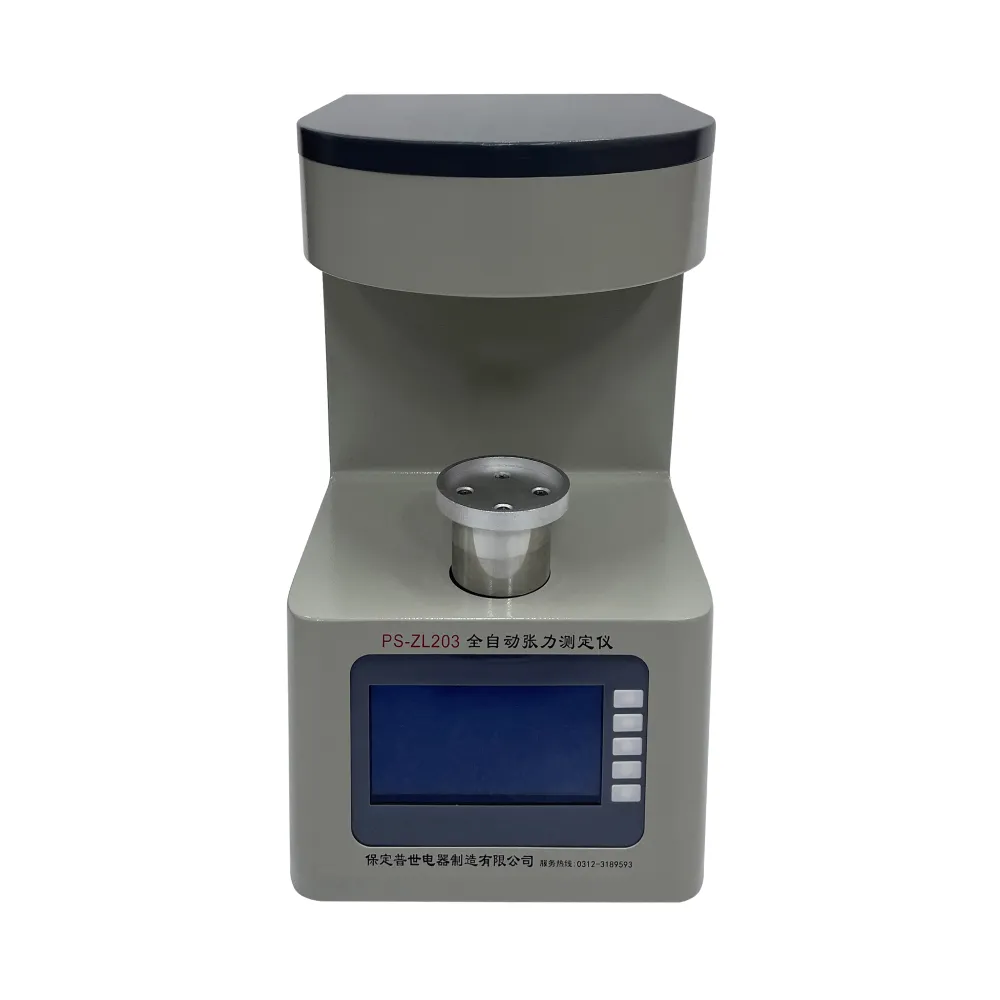 English
English


Innovative Ground Loop Tester for Ensuring Electrical Safety and System Performance Optimization
Understanding Ground Loop Testers
Ground loop testers are essential tools for professionals who work in the field of electrical engineering, audio, and video systems. They are primarily used to diagnose and troubleshoot ground loops, which can cause noise and interference in audio and video signals. Understanding how these devices operate and their importance in ensuring system integrity can significantly enhance the quality of work in these fields.
What is a Ground Loop?
A ground loop occurs when there is more than one grounding path in an electrical installation, leading to differences in voltage between the ground points. This can happen in various scenarios, such as connecting multiple devices to different power outlets without proper grounding guidelines. The result is unwanted noise, hum, or interference in electronic devices, significantly affecting performance, particularly in high-fidelity audio systems or professional video setups.
The Role of Ground Loop Testers
Ground loop testers are designed to identify the presence of ground loops within a system. These handheld devices typically measure the voltage difference between multiple grounding points. By providing clear readings, ground loop testers enable technicians to pinpoint issues and make necessary adjustments to the grounding of the equipment.
Most ground loop testers operate by utilizing a simple yet effective methodology they send a small voltage through the ground line and measure the resulting voltage at various points across the system. The device's display will indicate whether there is a significant difference in voltage, which would suggest the presence of a ground loop.
Benefits of Using Ground Loop Testers
ground loop tester

One of the main benefits of using a ground loop tester is the ability to enhance audio and video quality. In professional environments, such as studios and broadcasting stations, maintaining signal integrity is crucial. Ground loops can introduce unwanted noise, distortion, and even disrupt critical signals. By identifying ground loop issues promptly, technicians can resolve these problems before they impact the overall system performance.
Moreover, using a ground loop tester can save time and resources. Instead of spending hours troubleshooting an audio or video issue, a technician can quickly assess the grounding system’s integrity with a tester, making it much easier to solve the problem efficiently. This not only increases productivity but also reduces frustration and the potential for damage to expensive equipment.
Best Practices for Using Ground Loop Testers
To maximize the effectiveness of ground loop testers, technicians should follow certain best practices. First, it is essential to ensure that all the equipment being tested is turned off before starting the assessment. This prevents the risk of electric shock and ensures accurate readings.
Additionally, technicians should systematically check all grounding points in a logical order, taking notes of voltage readings for future reference. This systematic approach helps in establishing patterns and identifying areas where ground loops are more likely to occur.
Regular use of ground loop testers can also help in preventive maintenance. By periodically checking the grounding integrity of systems, technicians can prevent ground loop issues from developing, ensuring a consistently high level of performance in both audio and video setups.
Conclusion
Ground loop testers play a vital role in maintaining the quality and reliability of electronic systems in various professional settings. By providing a straightforward means of diagnosing ground loops, these devices help technicians ensure the integrity of their audio and video signals. Understanding and utilizing ground loop testers can lead to improved performance, greater efficiency in troubleshooting, and ultimately a better user experience in any audio-visual installation.
-
Differences between open cup flash point tester and closed cup flash point testerNewsOct.31,2024
-
The Reliable Load Tap ChangerNewsOct.23,2024
-
The Essential Guide to Hipot TestersNewsOct.23,2024
-
The Digital Insulation TesterNewsOct.23,2024
-
The Best Earth Loop Impedance Tester for SaleNewsOct.23,2024
-
Tan Delta Tester--The Essential Tool for Electrical Insulation TestingNewsOct.23,2024





